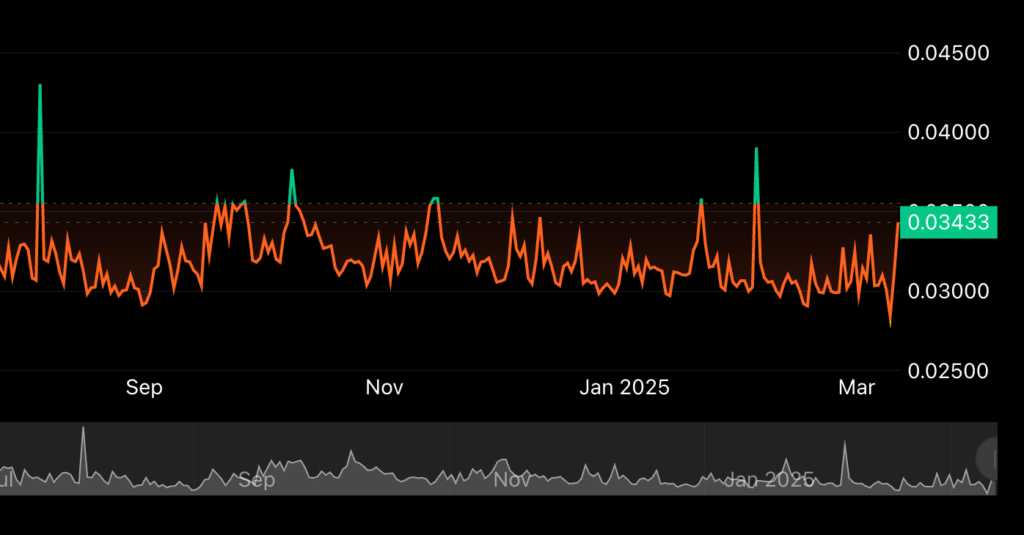Introduction to the Composite Ether Staking Rate
U.S.-based digital asset data firm Lukka has announced a collaboration with CoinDesk Indices to introduce the Composite Ether Staking Rate (CESR). This innovative metric aims to provide a comprehensive overview of the staking landscape for Ethereum, offering a valuable resource for various financial professionals.
What the CESR Measures
The CESR will track the average annualized staking yield earned by Ethereum validators. This includes not only consensus incentives but also priority transaction fees. The metric will serve as a benchmark for financial institutions, asset managers, and analysts seeking to evaluate ether staking performance in a standardized manner.
Insights from Industry Leaders
Alan Campbell, the president of CoinDesk Indices, expressed enthusiasm for the collaboration, stating, “Our partnership with CoinFund on CESR delivers a critical benchmark for Ethereum staking, offering institutions a trusted and standardized rate.” This sentiment is echoed by Dan Husher, chief data product officer at Lukka, who highlighted that this agreement reflects a “higher standard for institutional crypto data.”
The Growth of Ethereum Staking
Since Ethereum’s transition from a proof-of-work to a proof-of-stake consensus mechanism in September 2022, staking activity has surged dramatically. Currently, there is an impressive $37 billion in total value locked (TVL) across various liquid staking protocols. These protocols allow users to earn additional yields through the issuance of liquid staking tokens (LSTs), enhancing the staking experience.
The Importance of Staking Rates
Andy Baehr, CFA and head of product and research at CoinDesk Indices, emphasized the significance of the staking rate: “Ethereum’s shift to proof of stake transformed blockchain security from a commitment of computing power to a financial commitment.” He noted that the staking rate, which acts as a utility yield for posting ETH to the network, is both accessible and measurable. This makes it an essential component of the investment case for ETH.
Conclusion
The integration of the Composite Ether Staking Rate marks a significant step forward in providing transparency and reliability in the rapidly evolving world of cryptocurrency. As institutional interest in Ethereum continues to grow, tools like the CESR will play a crucial role in helping investors navigate this dynamic market.



